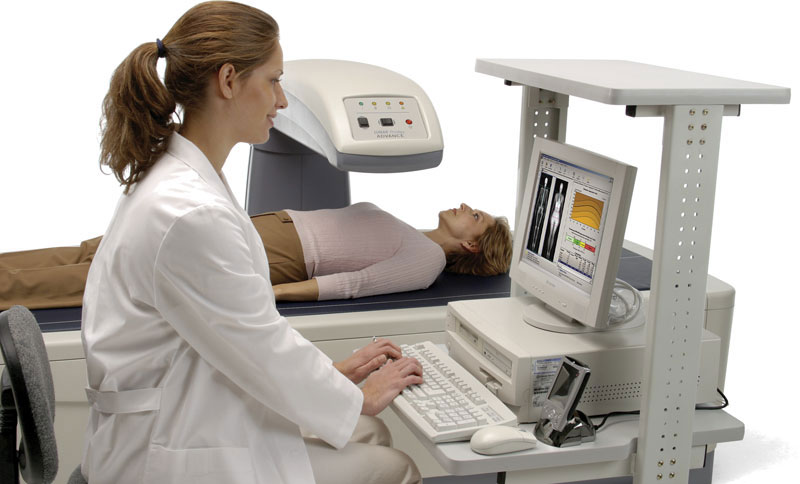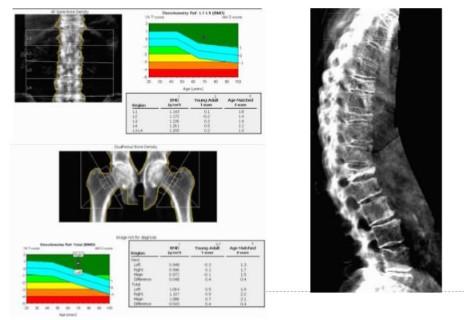DEXA Bone Densitometry
DEXA at ZP
A DEXA scan is the most accurate and most commonly used method for measuring bone loss. It is the best way for doctors to diagnose conditions like osteoporosis or osteopenia, as well as assess a patient’s risk of suffering a bone fracture.
DEXA bone density exams are primarily recommended if you have x-ray evidence of vertebral fracture, family history of osteporosis or hip fracture, or experienced a fracture after only mild trauma.
If you have hyperthyroidism, hyperparathyroidism, type 1 diabetes, use medications that are known to cause bone loss or are a post-menopausal woman not taking estrogen, a DXA scan should be performed.
What to Expect During the Test
During a DEXA scan patients lie on their backs and the machine passes over them. It is a non-invasive, painless procedure that measures your bone density. The machine uses very low dose x-rays with differing energy levels that get directed at the bones being scanned. The images produced allow the radiologist to determine your bone mineral density. Fewer x-rays pass through denser bone. This information tells doctors the average density of the bone. A low score indicates that the bone is more prone to fracture and some material of the bone has been lost.

Learn About the Different Types of DEXA Exams
Bone Density Testing Is Recommended If You:
Are A Post-Menopausal Woman Not Taking Estrogen
Have A Thyroid Condition
Use Medications That Are Known to Cause Bone Loss
Have High Bone Turnover
How to Prepare
You must remove all jewelry and any other metallic objects such as hearing aids, jeans with metal zippers, and body piercings.

